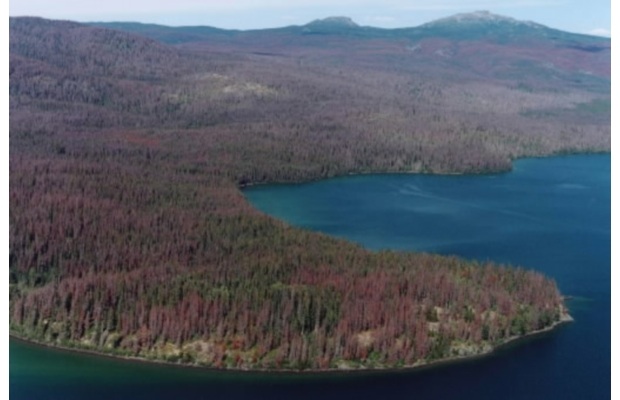
B.C. announces plans to revamp its timber supply system for forestry firms
Forests Minister Steve Thomson says the Liberal government is taking another shot at giving forest companies more rights to control British Columbia's public forest lands, but he rejects criticism that the plan would privatize provincial forests. The move could dramatically change the way public forests are managed by granting lumber companies tenure rights, or logging rights, to large pieces of land. Companies are currently allotted timber harvest rights on a specified numbers of trees. Plans to amend the Forest Act last year to move towards area-based tenures were dumped after a public outcry.
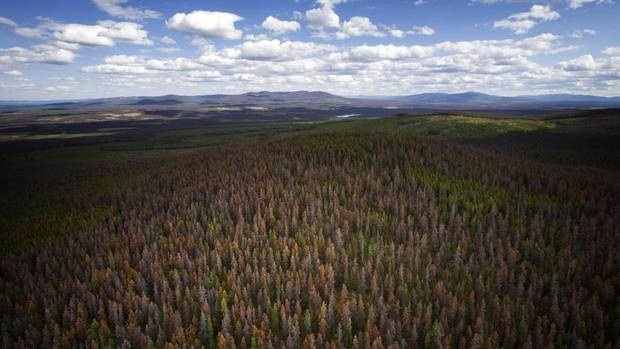
Timber companies can’t see the consequences for the trees

Overharvesting – Who is watching our forests?
"It is an outrageous amount. According to a document from the Ministry of Forests that was recently brought to light in the provincial legislature (1), for the five years between 2008 – 2013, the forest company giants, Canfor and West Fraser, overcut 928,000 cubic metres of non-pine wood in the Morice Timber Supply Area (TSA), a region in north-western British Columbia. This overharvesting was done in direct violation of the Allowable Annual Cut (AAC), and is equivalent to about 23,000 logging truck loads of timber."

Comment: Forest, parks bills should be open to debate
On Feb. 25, two proposed bills, Bill 4 and Bill 5, entered their second reading and almost no one noticed. If passed, the two amendment bills — known as the Park Amendment Act and the Forests, Lands and Natural Resource Operations Statutes Amendment Act — would adversely affect forest-based jobs and our protected areas network, which are anchors for the motto “Super Natural B.C.”

Giant tree nicknamed ‘Big Lonely Doug’ stands alone in clear-cut
Global TV's (BC's largest TV news station) main news piece about "Big Lonely Doug", which may be Canada's 2nd largest Douglas-fir. Global TV joined the AFA's TJ Watt and Ken Wu on a tour of the tree and clearcut yesterday.

VIDEO: Big Lonely Doug
Global TV "pre-news piece" snippet using the AFA's still photos about Big Lonely Doug, which may be Canada's second largest Douglas-fir.
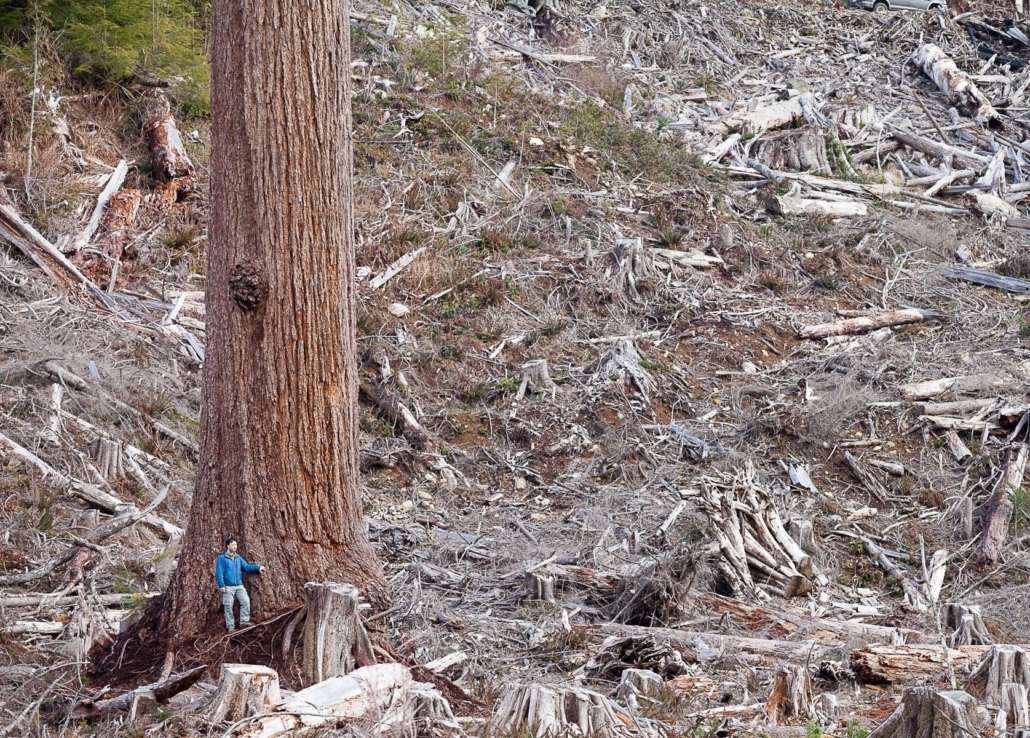
Canada’s second largest Douglas fir tree may have been found near Port Renfrew
Activists with the Ancient Forest Alliance say provincial government should do more to protect the province’s biggest trees. “There is an urgency to protect these areas because old-growth logging continues right near Port Renfrew,” says Watt. The organization has been calling for provincial legislation to protect big trees and monumental groves.
See here for comprehensive coverage including TV news video, gallery of photos and written article on Global TV's website.

Big Lonely Doug coverage in Epoch Times
"Big Lonely Doug" is covered in a Chinese-language newspaper, the Epoch Times.
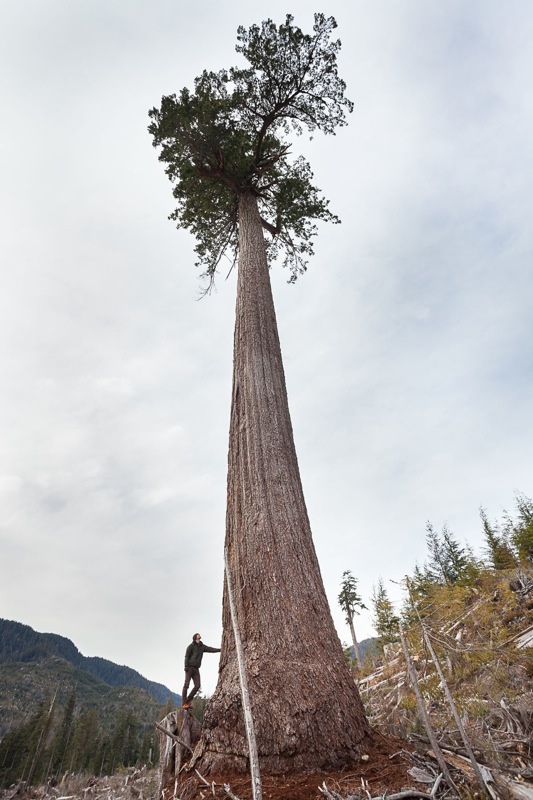
Big Lonely Doug Could Be Canada’s 2nd Largest Douglas-Fir
"The AFA also warned that the number of tall trees similar to Big Lonely Doug are growing scarce in the Pacific Northwest. 'The days of colossal trees like these are quickly coming to an end as the timber industry cherry-picks the last unprotected, valley-bottom, lower elevation ancient stands in southern B.C. where giants like this grow.'"
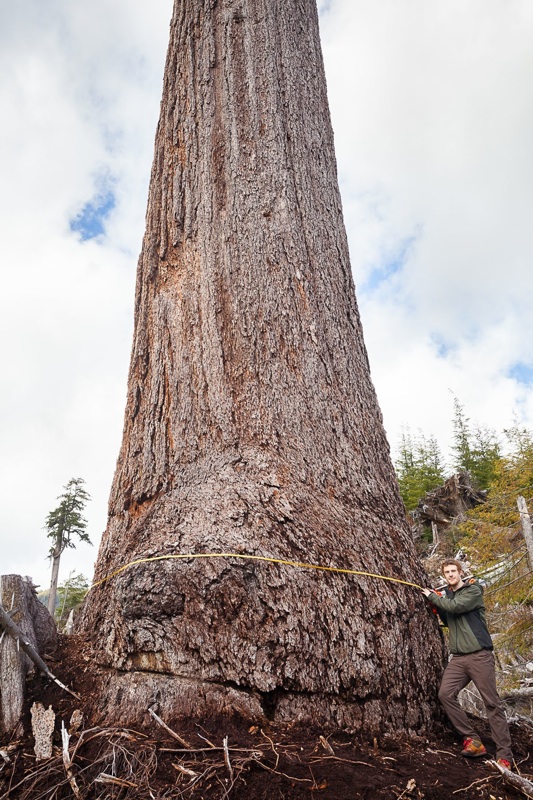
Canada’s second largest Douglas Fir tree found in B.C.
The Ancient Forest Alliance has spent years tracking down Vancouver Island’s largest trees in an effort to bring awareness to the plight of old growth forests. Claiming only 10 per cent of the productive, old growth forest on the Island is under protection, Wu believes more protection is needed. “Second-growth forests in B.C. are logged every 50 years, so if you lose something that doesn’t come back for another 1,000 years, it’s gone for good,” he said. “And all the creatures associated with these ancient forests lose their habitat.” Wu said the forest around Big Lonely Doug would have served as habitat for the endangered Queen Charlotte goshawk.
